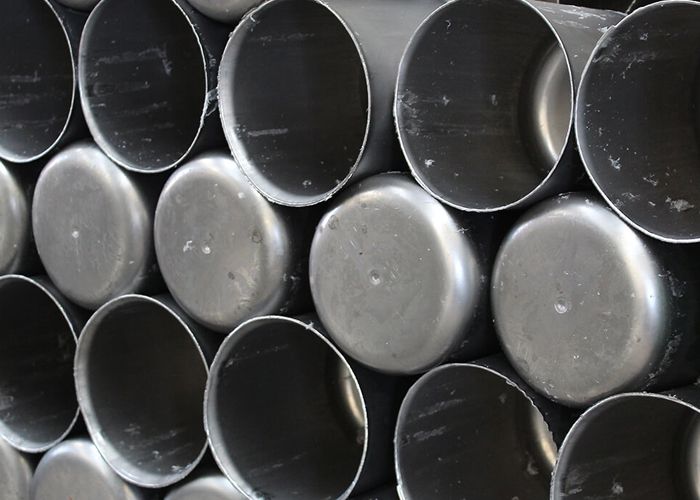Deep spinning of sheet metals is done by the effect of a pushing mechanical force. A metal plate is spinned on the forming mold by applying a force outward from its center. It is the process of shifting metal through heat retention. This process is called deep spinning when the depth to be spinned...
As organizations strive to operate with maximum efficiency, they look for more agile and versatile means to support their business objectives. Metal spinning has taken on new relevance as a proven technology for simplifying, streamlining, and reducing the expense of producing axially symmetric...
Metals and alloys have the largest share in the manufacturing sector. Metallic materials, including metals and alloys such as steel, cast iron, aluminum, copper, zinc, titanium, nickel, generally have good thermal and electrical conductivity. These materials, which have easy formability and impact...
Although there are disadvantages in chipless machining methods in metal forming, such as high initial investment cost and technological difficulties, it has also important parameters for giving priority in the options. The major disadvantages of machining methods for most processes are: • Loss of...
Spinning is the shaping of sheet or tubular materials by exerting pressure with various tools while being rotated about their axes. The parts processed by spinning are symmetrical with respect to the rotation axis like the geometric shapes of circular cut plates, pipes, etc. Spinning includes many...
As alloy or metal, there are 4 groups of metal that are used mostly in industry and daily life. 1. Aluminum Materials Aluminum is a material that is soft and easy to shape. It is the metal group that is mostly used successfully in spinning. It can be easily shaped from 0.50 mm to 3 mm and an...
Spinning techniques are examined in 5 categories according to its industrial use. 1. Standard Spinning 2. Shear Forming 3. Flow Forming 4. Necking-In 5. Profiling We often see the examples where these five methods are used together in a process. Shear forming is generally a method used to obtain...
The main feature that distinguishes the standard spinning process from other spinning processes is that the thickness of the work piece remains almost constant at the end of the process. Depending on the parameters or material involved in the spinning process, it may be observed a slight decrease...










